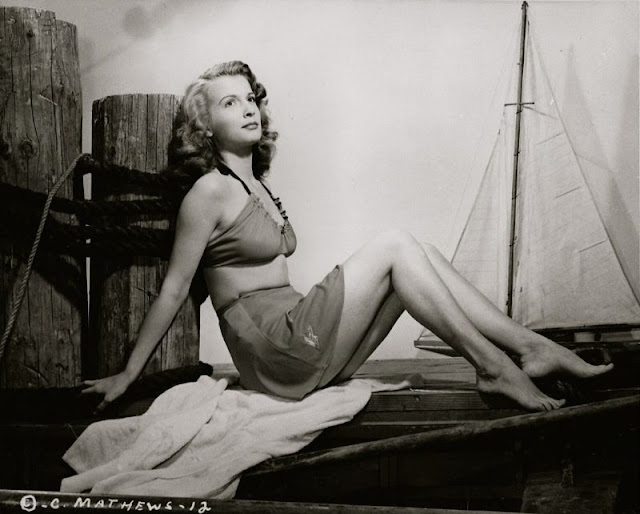In 1955, New York City’s then Department of Traffic introduces the first eight neon pedestrian signals from Winko-Matic. These were installed at W. 34th St. and 7th Av. in Manhattan. 300 others would be installed throughout the borough. In this photograph, traffic commissioner T.T. Wiley turns on the signals for the first time, while a group of people behind him watch on April 20, 1955.
On the streets of New York City, from the 1950s until the early 2000s, several kinds of worded pedestrian signals existed. The different characteristics and configurations are interesting to observe. This timeline will provide a general background behind all of the variations of the “DONT WALK” and “WALK” (including “WAIT” and “WALK”) pedestrian signals in the city.
Beginning in February of 1952, then New York City traffic commissioner T.T. Wiley installed a handful of the first worded pedestrian signals in New York City. Manufactured by the Crouse-Hinds company, the neon pedestrian signals were located near and at Times Square in Manhattan for quite a short period of time. They were horizontal in appearance, and red and green signal indications were in use.
Interestingly enough, they operated with vehicular two-section (red and green) traffic signals at the time, and, because only “DONT” and “WALK” were present, a “DONT WALK” signal indication appeared as red and green, while an ordinary “WALK” signal indication appeared as only green, of course. The way each pedestrian signal was mounted is interesting to observe, too, since an early form of a guy wire set-up was in use. The set-up itself was used to suspend an early two-section traffic signal years earlier as well.
While the pedestrian signal seemed beneficial to some, it had a disadvantage, in which caused confusion amongst countless pedestrians. Due to the illumination of a red “DONT” and green “WALK” at the same time, some pedestrians found this rather puzzling and were not sure how to approach it. T.T. Wiley heavily criticized this, and, as a result, he discontinued the installment of future pedestrian signals and wanted the ones already in service to be removed, in which happened around 1954.
As in 1955, the bulky neon pedestrian signal from Winko-Matic made its debut on the streets of Manhattan. Aside from its appearance, the pedestrian signal was quite heavy as far as weight is concerned, but was apparently manufactured to last, since many remained in useful service throughout most of the boroughs of New York City in the early 1980s. Red and green signal indications were in use for “DONT WALK” and “WALK,” and the housing was originally painted dark olive green. At least two kinds of this neon pedestrian signal were in existence. The first version had four ventilation strips on the back of the housing, while the second kind only had two in use.
New York City installed this pedestrian signal from the time of its introduction to the early 1970s. They were typically installed at either newly constructed or upgraded signalized intersections.







































